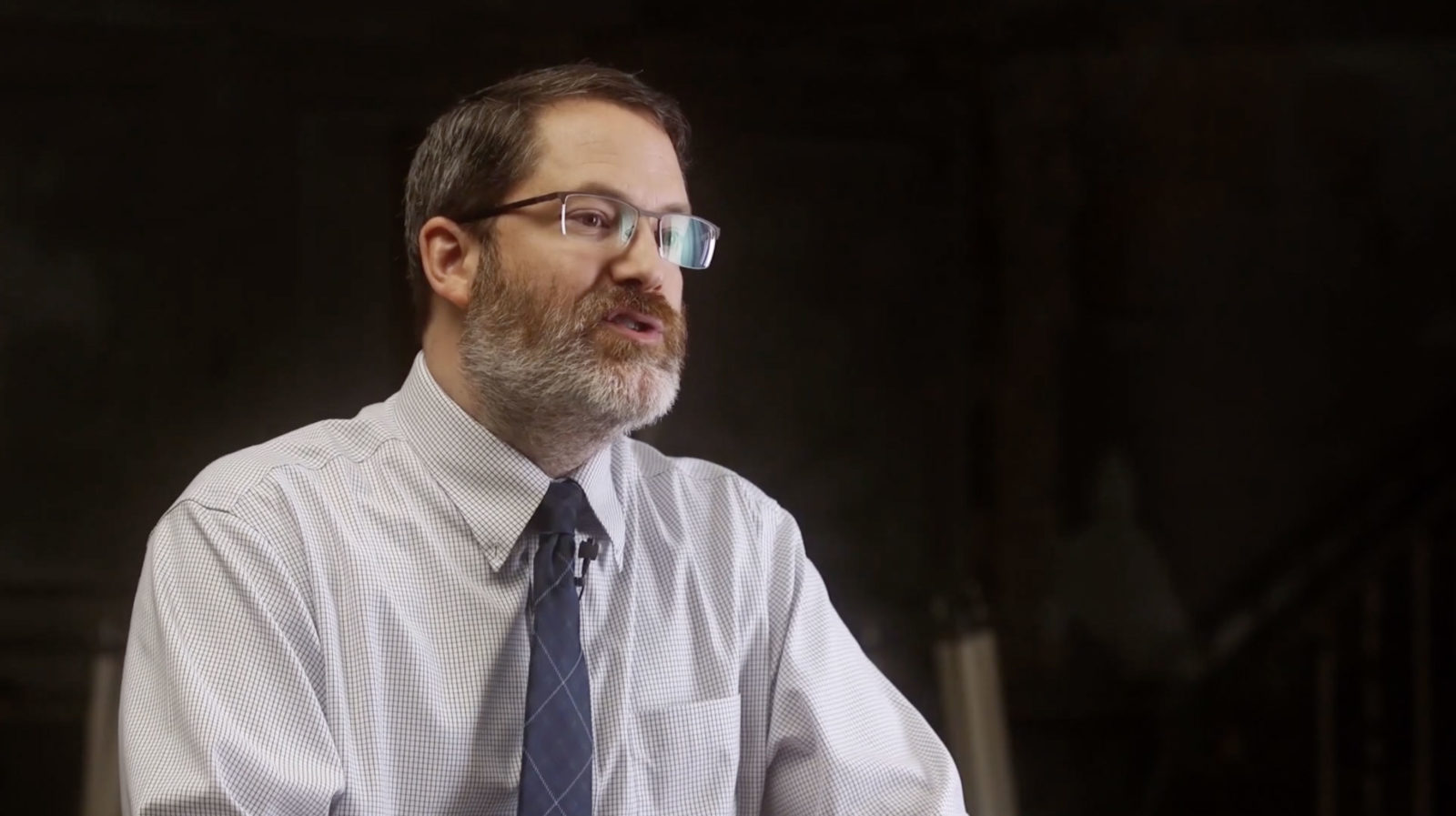

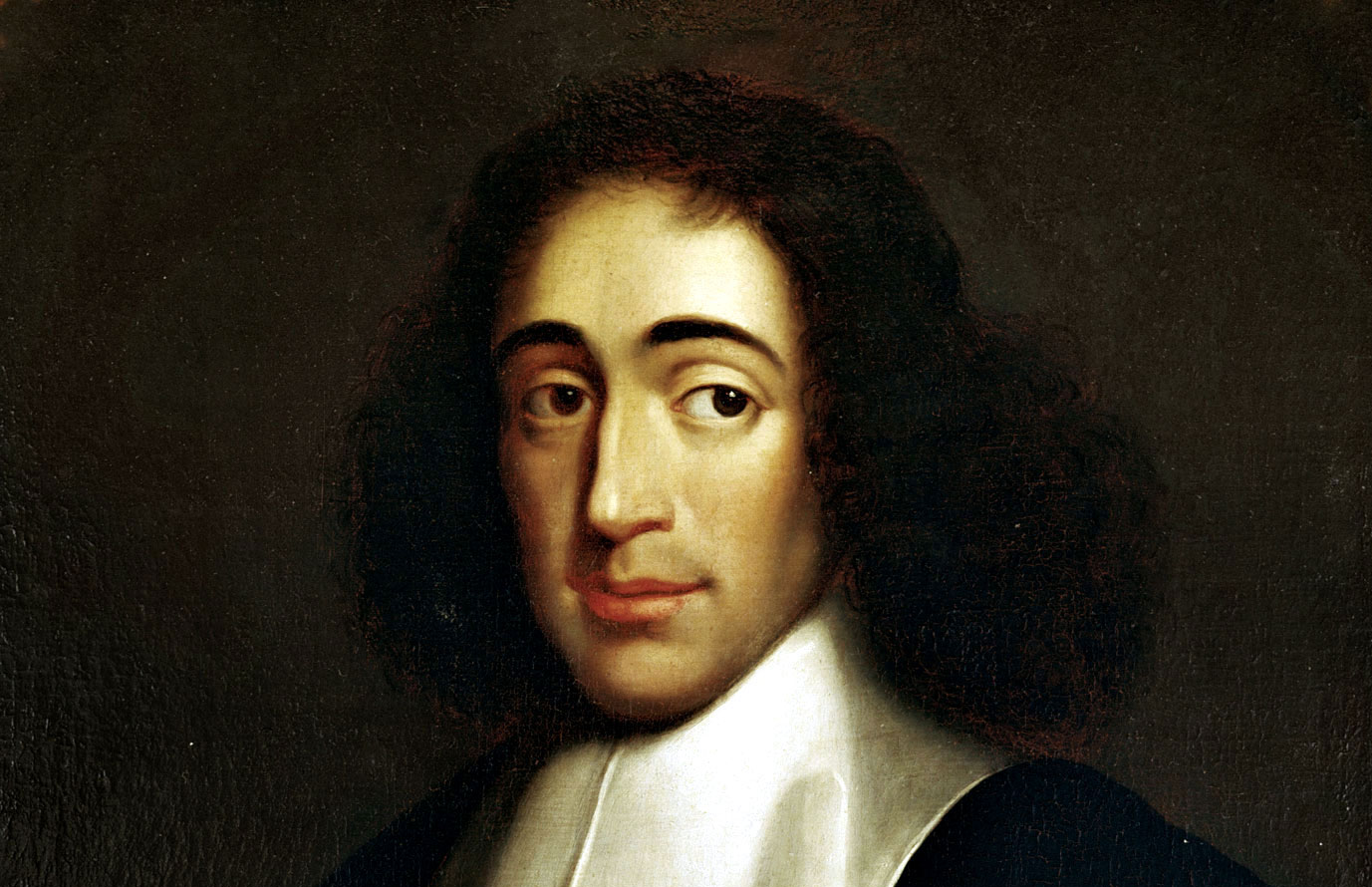
Baruch Spinoza Was No Science Hero
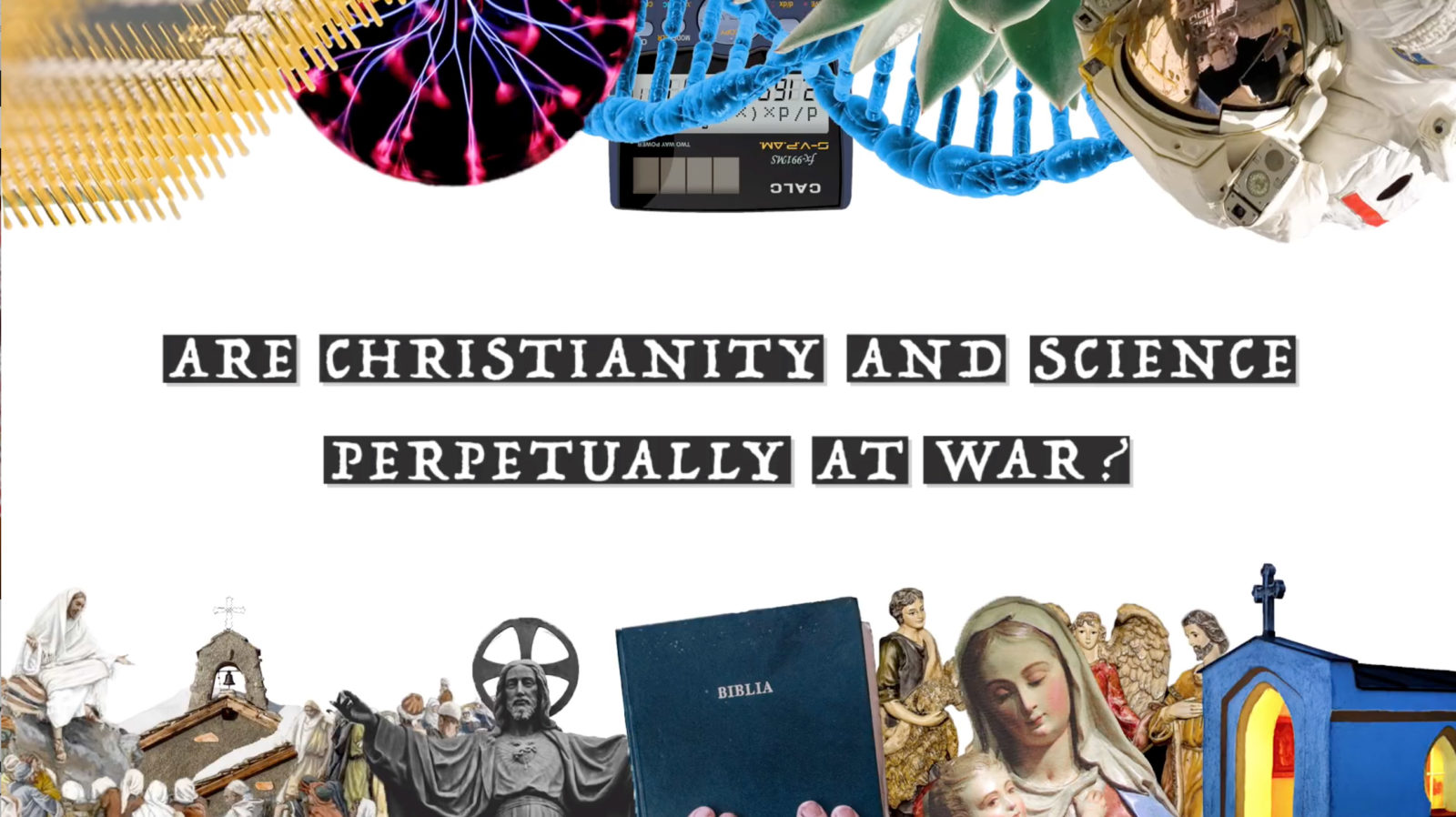
Are Christianity and Science Perpetually at War with Each Other
Historian of science Michael Keas explores the relationship between science and Christianity, discussing three big myths about the history of science and Christianity. Dr. Keas is author of Unbelievable: 7 Myths about the History and Future of Science and Religion. “There is a false idea circulating out there that science grows only when guided by godless thinking.” On the contrary, Read More ›
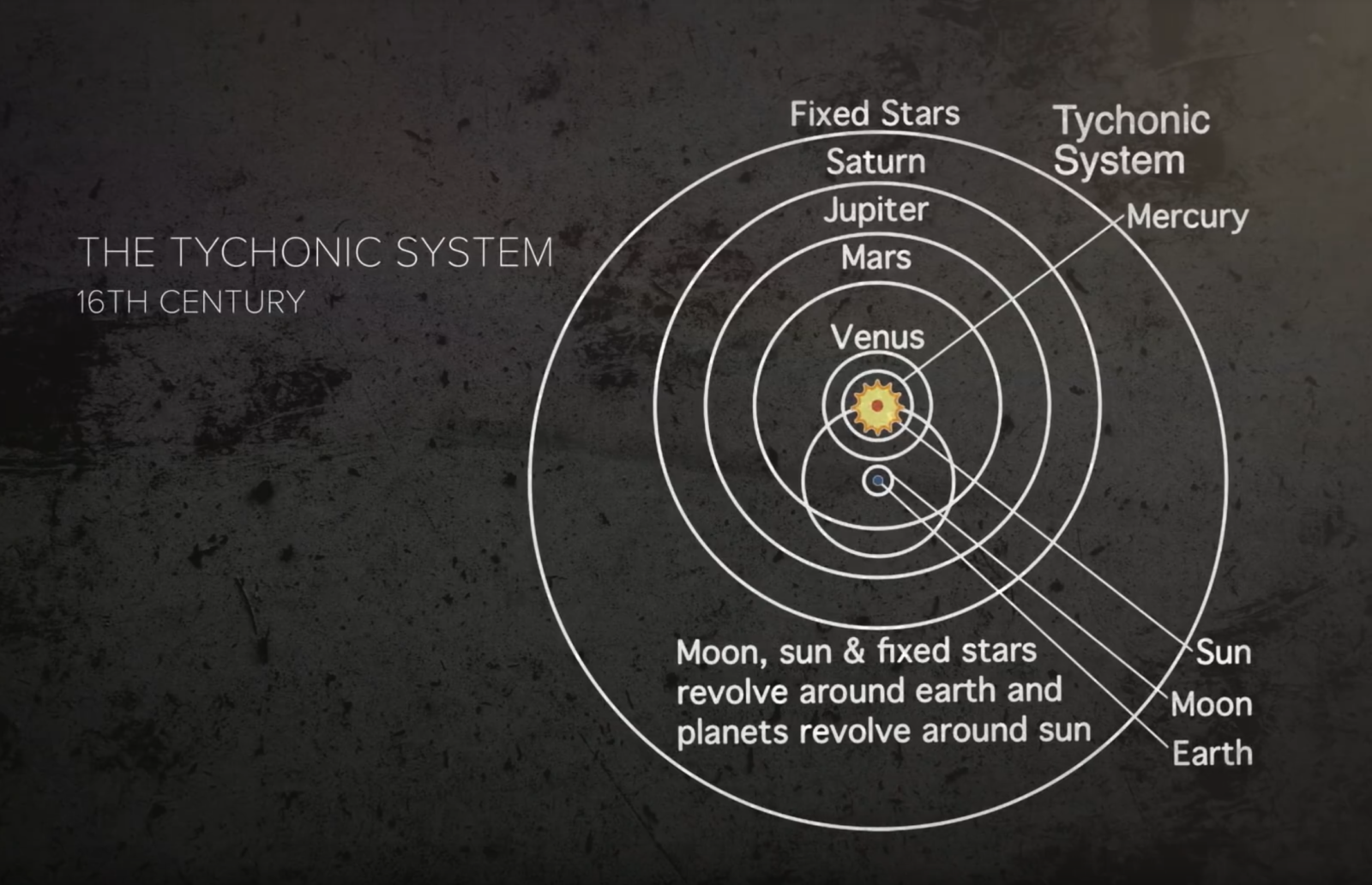
The Actual, Nuanced Story of Galileo Galilei
The Galileo myth posits that the great astronomer’s story illustrates the near-inevitable conflict between science and religion — or “faith and fact.” As science historian Michael Keas explains, the story is actually more complicated, nuanced, and interesting than the myth would have it. In Unbelievable, Professor Keas explores seven myths about the history of science and faith. It’s a great read. Read More ›
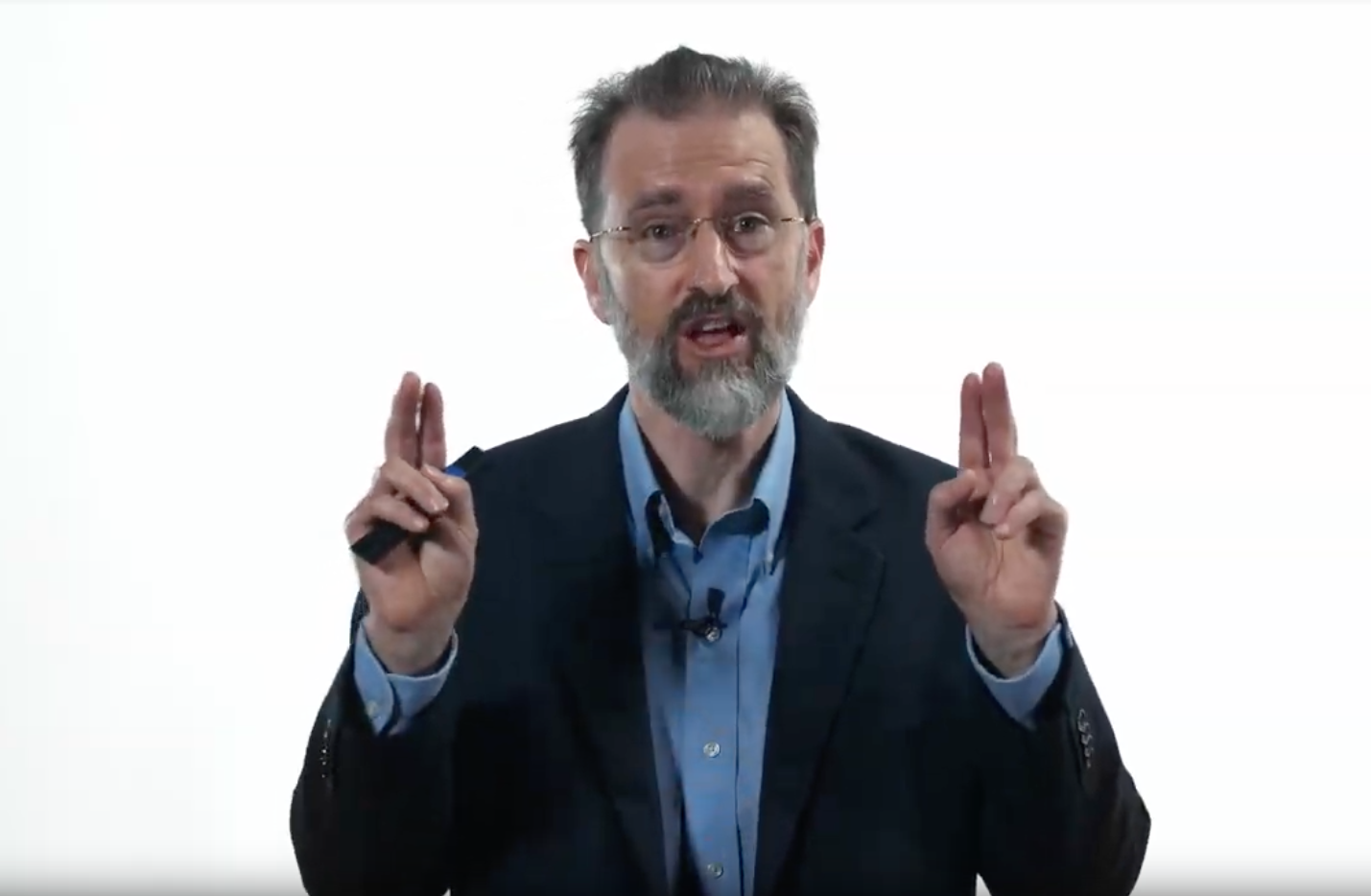
Unbelievable: The Myth of a Christian ‘Dark Ages’
The period from 500 to 1500 is often dismissed as an intellectually barren time, but in his new book, science historian Michael Keas sets the record straight. Historian of science, Michael Keas, tackles this and other science and religion myths in his new book, Unbelievable: 7 Myths About the History and Future of Science and Religion (2019, ISI Books).
Read More ›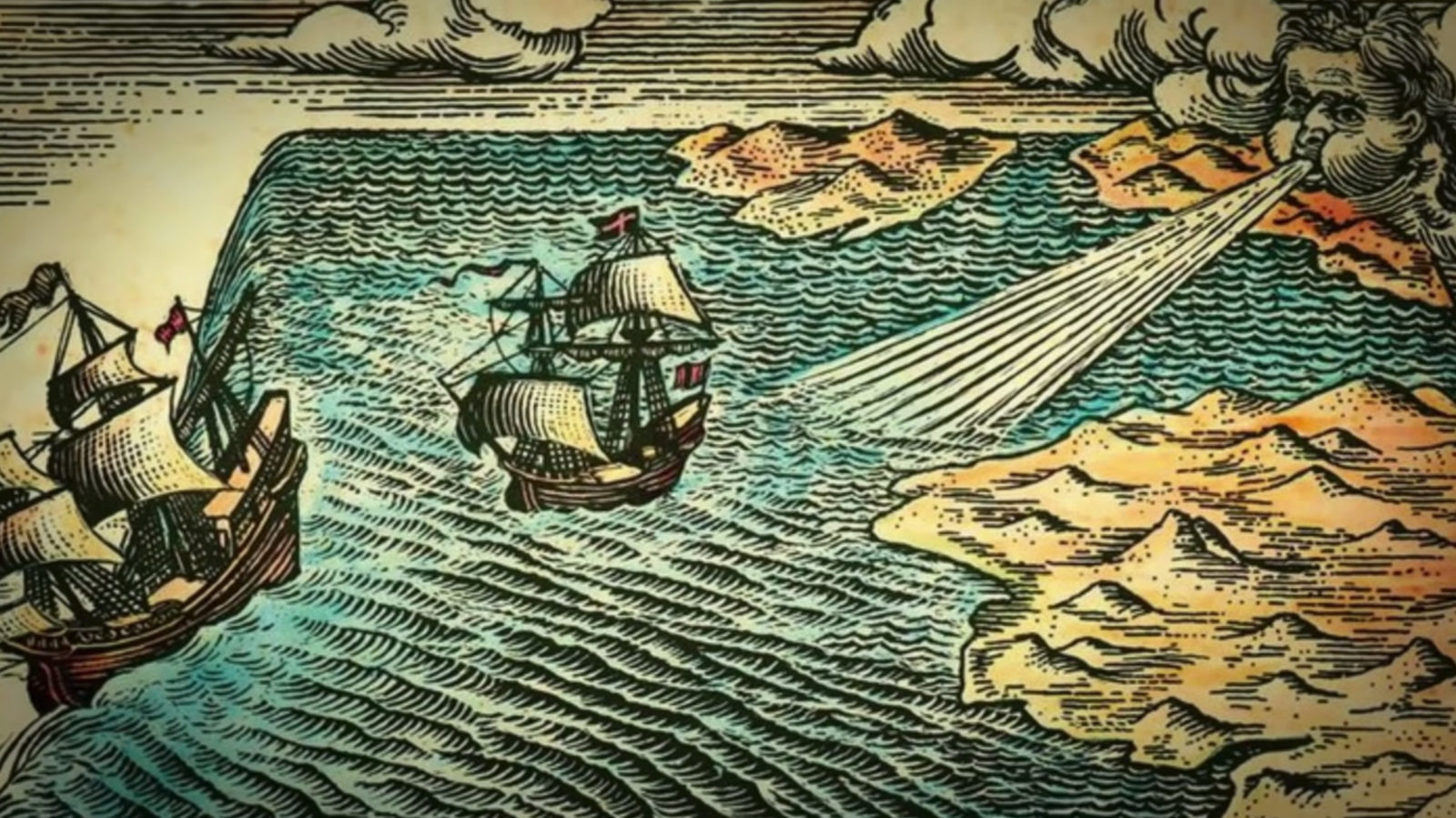
The Flat Earth Myth
Critics of intelligent design think they’re clever when they draw comparisons between ID and belief in a flat Earth. Professor Jerry Coyne, for one, says that HarperCollins, publisher of Michael Behe’s forthcoming book, Darwin Devolves, “should be ashamed at [sic] itself for publishing the biology equivalent of flat-Earthism.” Professor Nathan Lents has ventilated a similar view.
Read More ›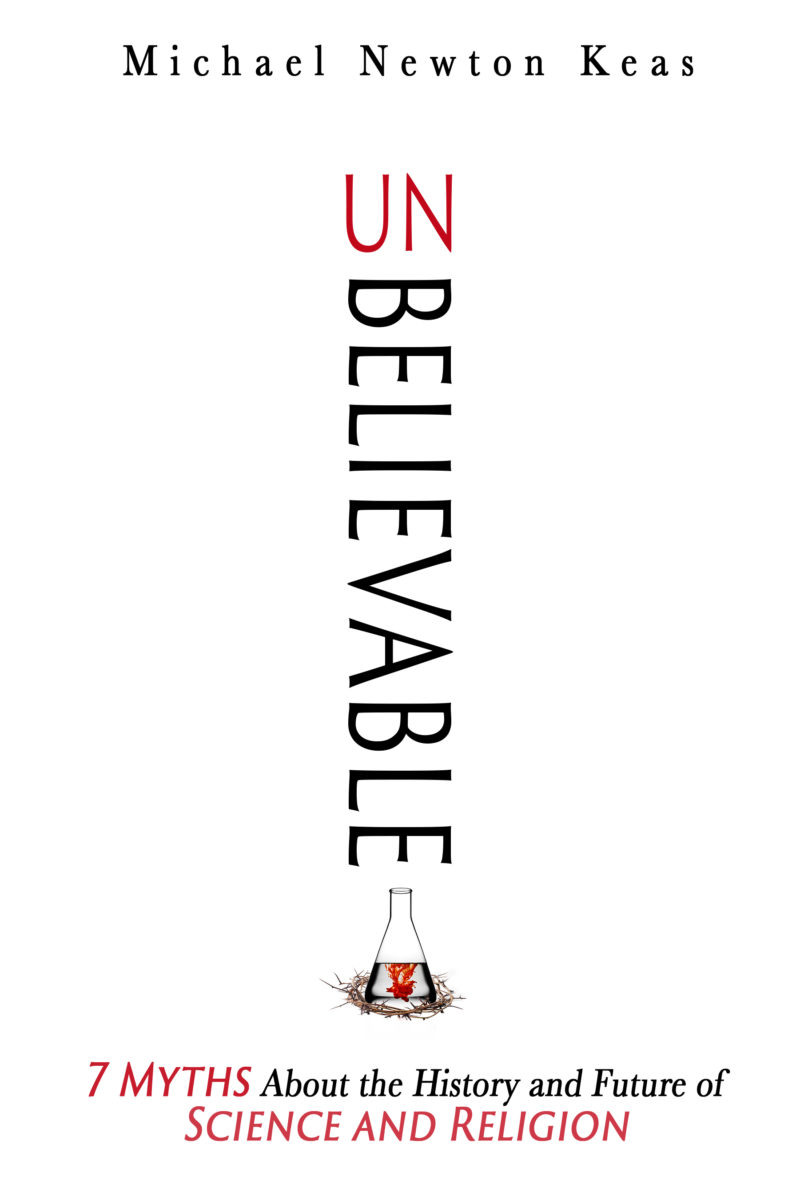
Unbelievable
Scientists love to tell stories about the quest to understand the universe — stories that often have profound implications for belief or disbelief in God. These accounts make their way into science textbooks and popular culture. But more often than not, the stories are nothing but myths. Unbelievable explodes seven of the most popular and pernicious myths about science and religion. Read More ›
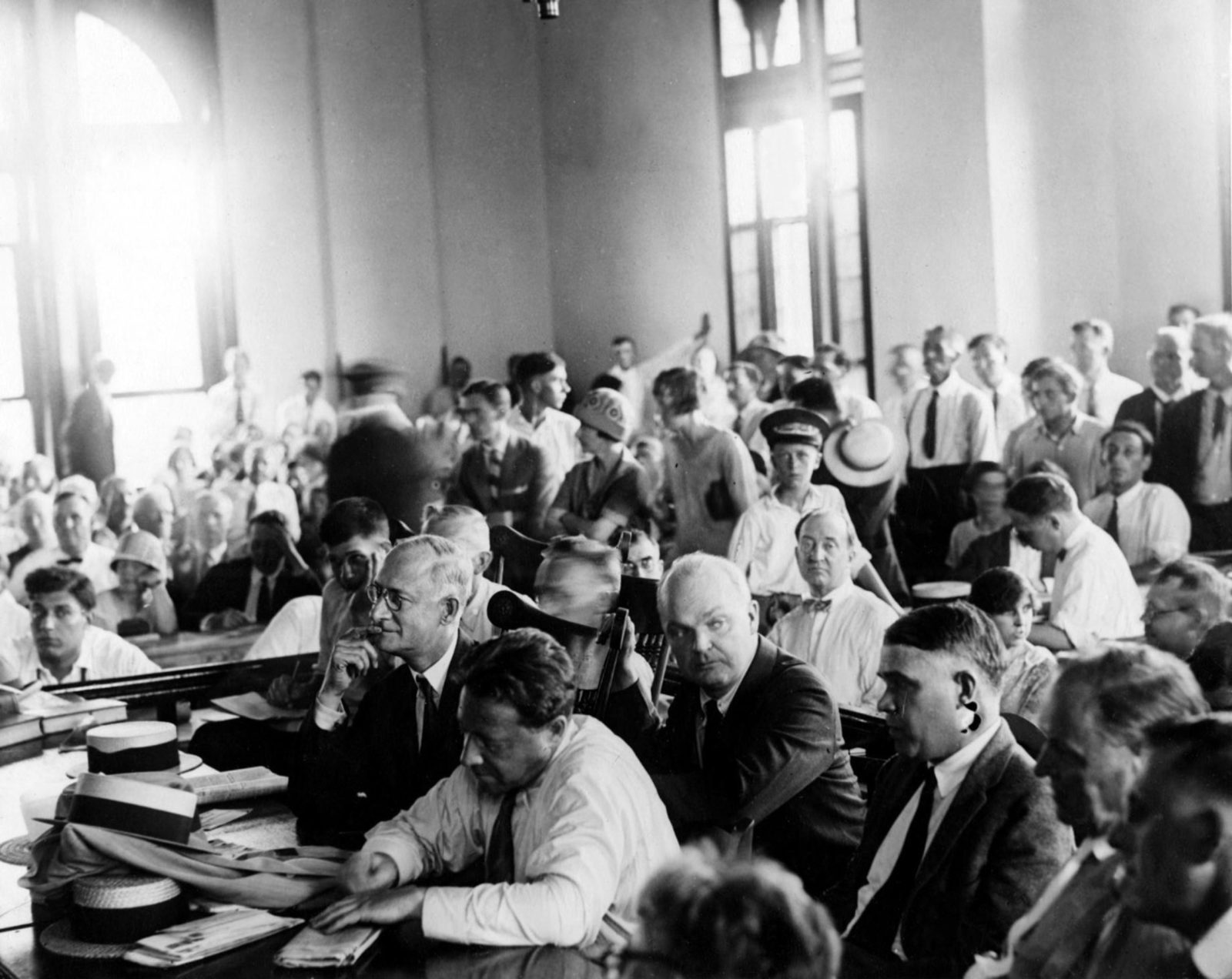
Debunking the Scopes ‘Monkey Trial’ Stereotype
Whenever a challenge to the truth of Darwinian evolution arises, the scientific establishment and its allies trot out the Scopes Monkey Trial. It is their position that if the scientific establishment has ratified a science textbook, such as the book from which Scopes taught evolution, the state should not engage in “censoring” the material in that book.
The Scopes Monkey Trial plays such a prominent role in the debate that I purchased a copy of the transcript; a copy of the textbook from which Scopes taught, A Civic Biology; and a copy of the companion lab guide to that textbook. Review of these source materials-very different from the biased picture presented in Inherit the Wind-was a real eye-opener.
In the Scopes trial, there was never any judgment or verdict that Darwinian evolution is true. The prosecution argued and the judge agreed that the Tennessee statute in question barred the teaching of the Darwinian theory even if it were true, so its truth was not an issue in the case. Nor, notably, was the truth of the theory of Darwinian evolution and the supposed evidence for it ever subjected to cross-examination. Scopes’ lawyers presented extensive written statements from seven scientists stating that Darwinian evolution is the correct explanation for the diversity of life on earth. The prosecution sought permission to cross-examine the five pro-Darwinian science experts whose statements had been read in open court, but Clarence Darrow and the other Scopes lawyers objected and the court refused to allow it.
Read More ›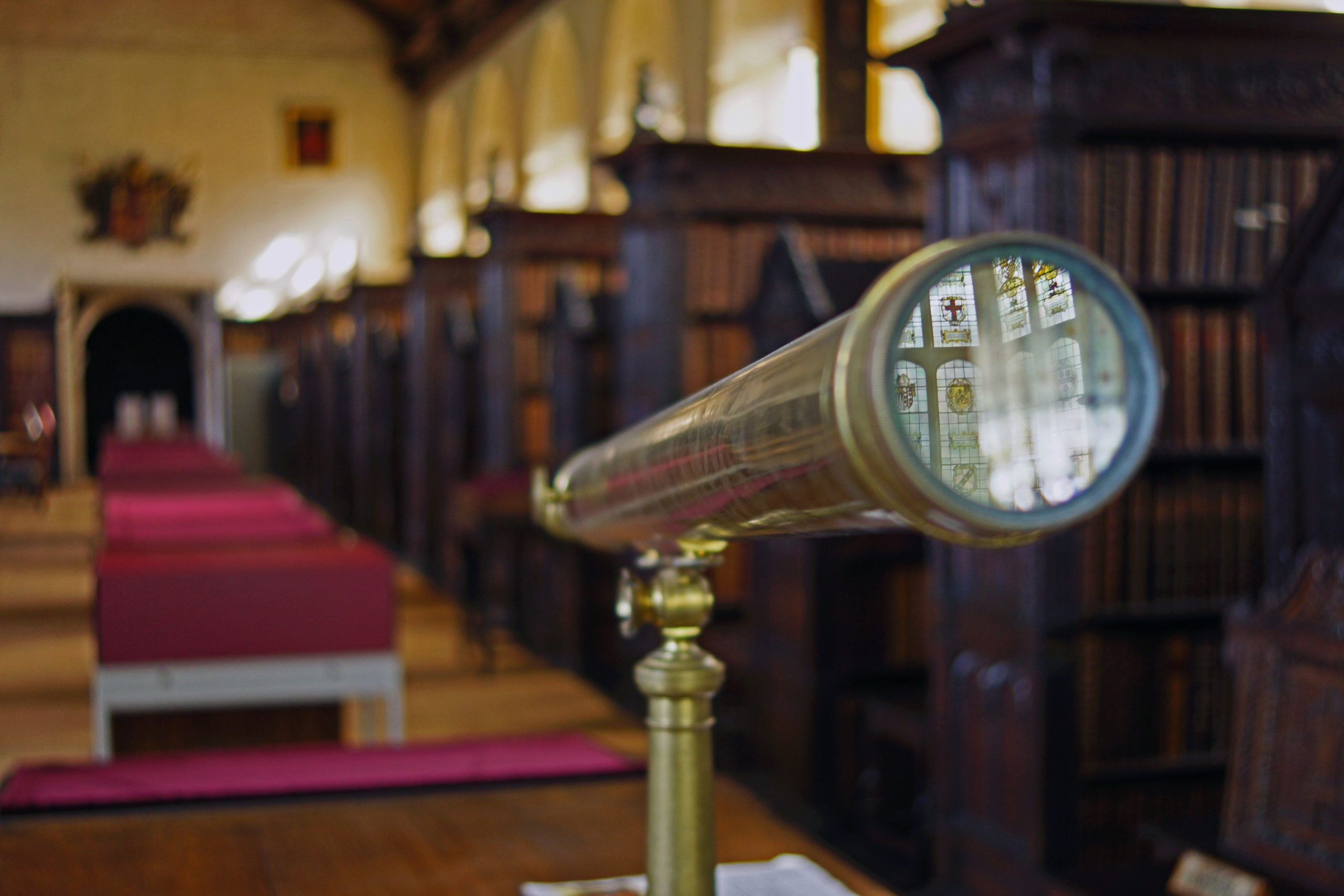
A Brief History of Intelligent Design
Unfortunately, in his Kitzmiller v. Dover ruling, Judge Jones bought into the revisionist history of ID that claims ID is just repackaged creationism, and the Judge presented a sharply truncated and inaccurate view of the intellectual history of design. A correct history will make it clear that “intelligent design” was not a term invented to avoid the Edwards ruling, but Read More ›
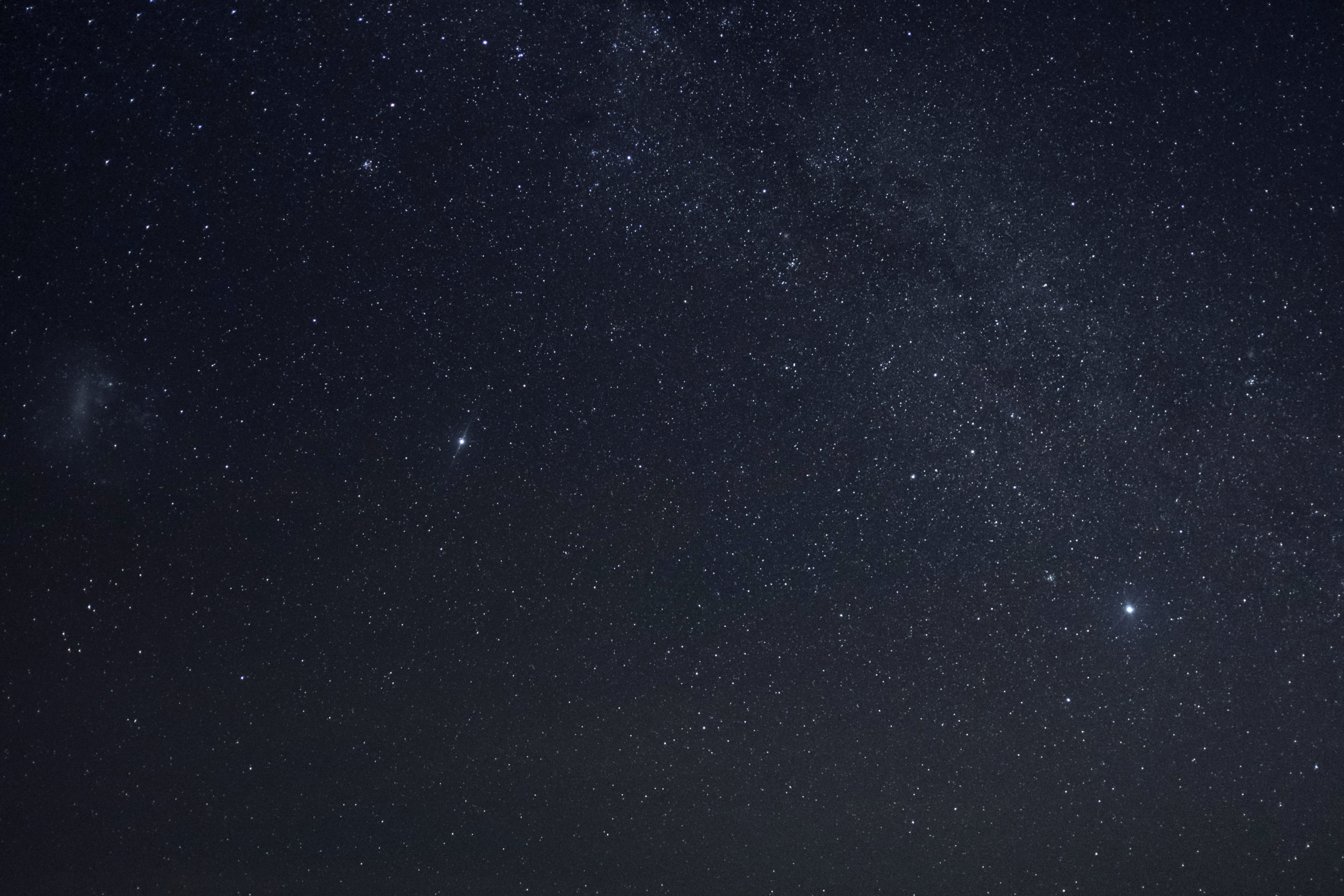
The Pale Blue Dot Revisited
A recurring theme of the 1994 book Pale Blue Dot, by the late astronomer Carl Sagan, is that we are insignificant in the cosmic scheme. In one memorable passage, Sagan pushes this point while reflecting on an image of Earth taken by Voyager 1 in 1990 from some four billion miles away. He writes:
Because of the reflection of sunlight … Earth seems to be sitting in a beam of light, as if there were some special significance to this small world. But it’s just an accident of geometry and optics … Our posturings, our imagined self-importance, the delusion that we have some privileged position in the Universe, are challenged by this point of pale light. Our planet is a lonely speck in the great enveloping cosmic dark. In our obscurity, in all this vastness, there is no hint that help will come from elsewhere to save us from ourselves.
You might think that Sagan had an eccentric, melancholy personality. But his sermonette actually expresses an idea popular among modern scientists known as the Copernican Principle. Its proponents trace the history of the principle to its namesake, Nicolaus Copernicus (d. 1543). According to the popular story, Copernicus demoted us by showing that ours was a sun-centered universe, with Earth both rotating around its axis and revolving around the sun like the other planets. He dislodged us from our place of centrality and, therefore, importance. Scientists since Copernicus have only reinforced this initial dethroning. Or so the story goes.
Open virtually any introductory astronomy textbook and you will read some version of this story. It has a single, decisive, problem: it’s false. Historians of science have protested this description of the development of science for decades; but so far, their protests have not trickled down to the masses or the textbook writers.
The real story is much more subtle. We can only sketch its outlines here. The pre-Copernican cosmology was a combination of the physical and metaphysical vision of the Greek philosopher Aristotle (384-322 BC), and the observations and mathematical models of Ptolemy (circa 100-175 AD) and other astronomers. The universe they envisioned was a set of nested, concentric spheres that encircled our spherical, terrestrial globe, a model that nicely explained a whole range of astronomical phenomena in the pre-telescope era. The crystalline spheres were thought to connect so that the movement of the outer, stellar sphere of the stars moved the inner spheres that housed the planets, Sun, and Moon. This model gave order to the east to west movement of the Sun and the Moon, the celestial sphere encircling the celestial poles, and the perplexing and somewhat irregular paths of the known planets.
Read More ›